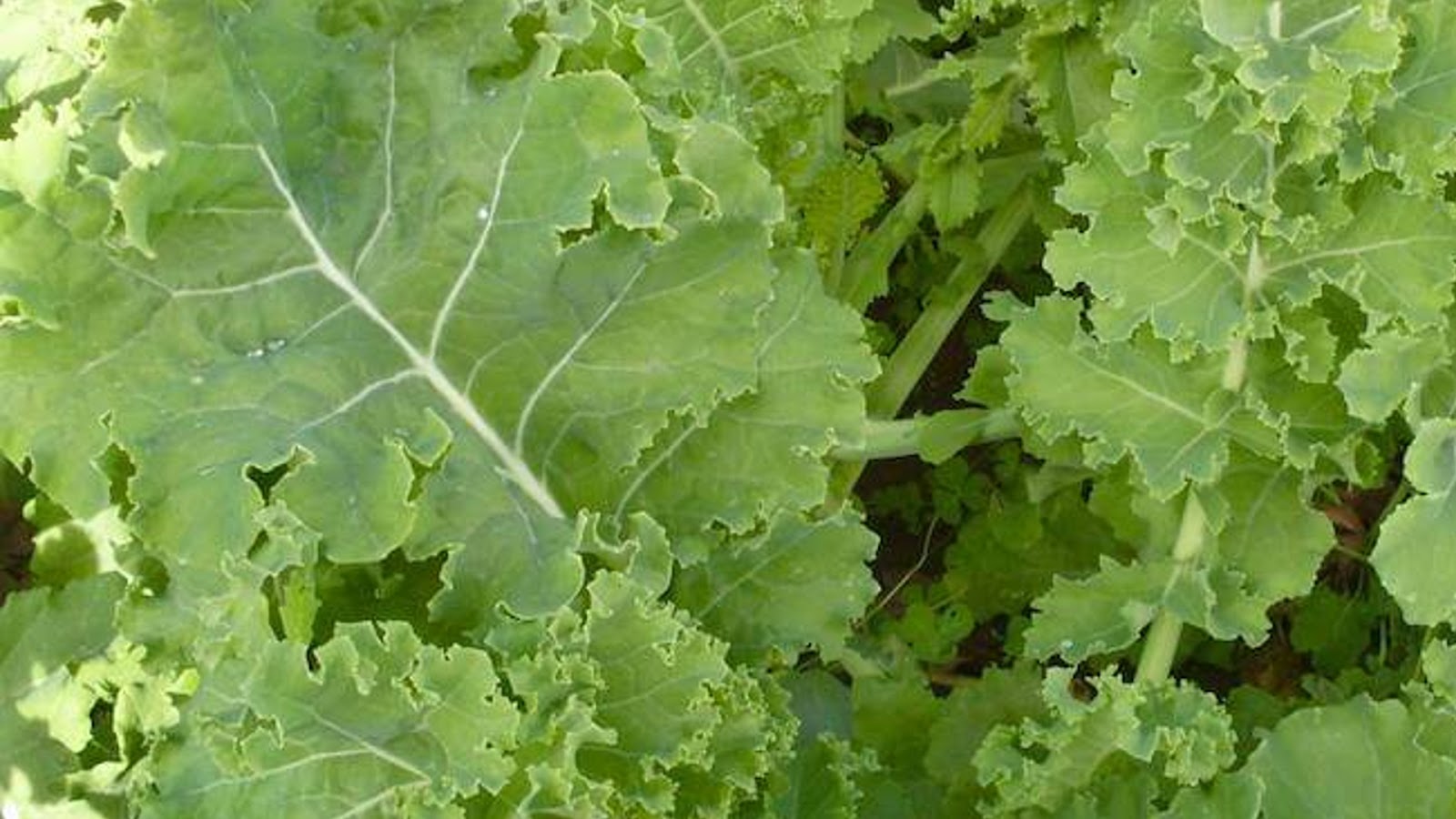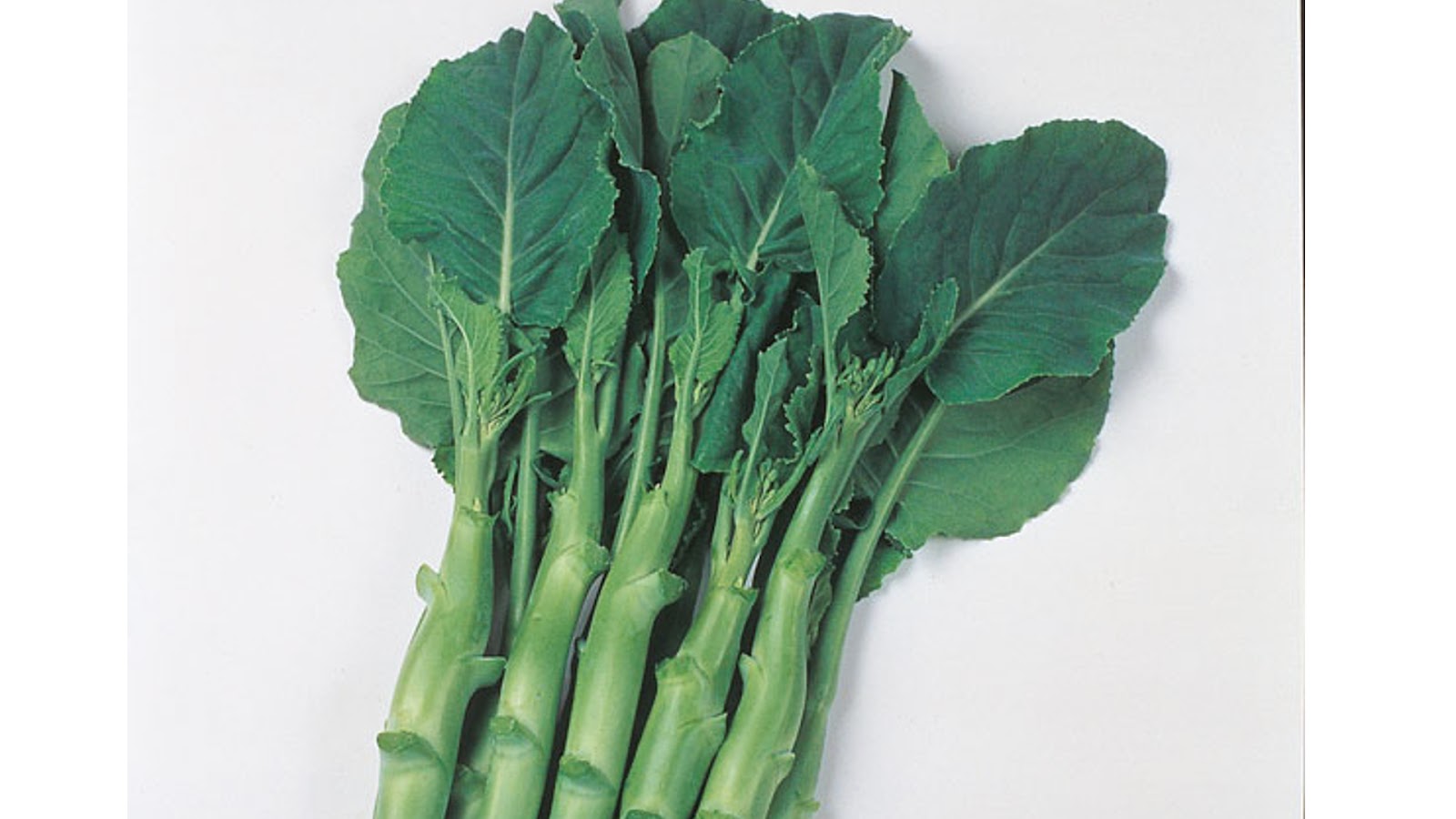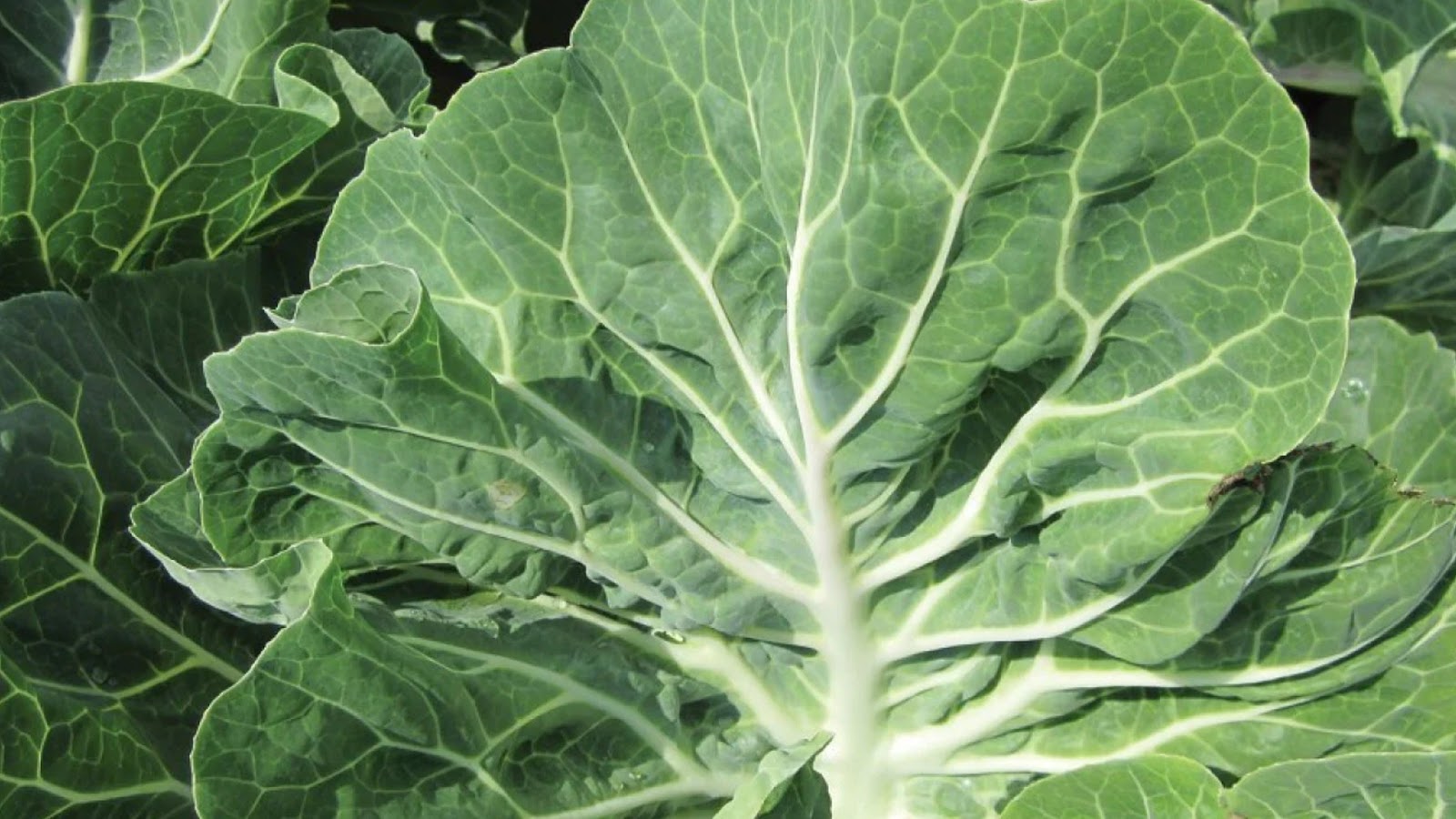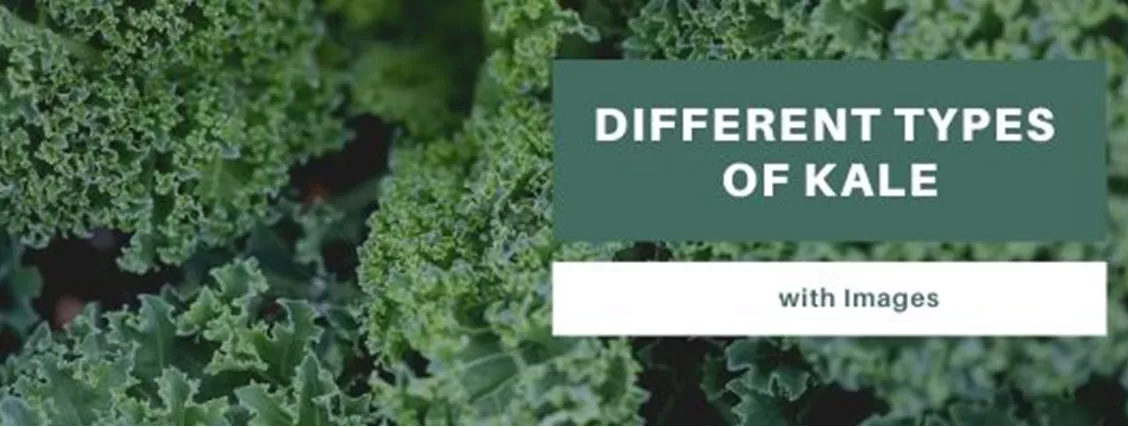Belonging to a group of cabbage (Brassica oleracea) cultivars, Kale has gotten the attention it deserves after being ignored for a long time. Nowadays, Kale is known as one of the superfoods for the benefits it gives to the body. Let us check how many types of kale that you can find around the world.
What Is Kale?
Also known as leaf cabbage, kale isn’t only grown for their edible leaves, but it is also used as an ornamental plant. Its leaves could vary in color, sizes and shapes. You could have ruffled leaves, fringed leaves and tight truffled leaves. It could also have green or purple leaves, where the central leaves do not form a head.
History of Kale
It is said that kale originates in the eastern Mediterranean and Asia Minor and has been cultivated for food beginning by 2000 BCE. Different types of kale, like those curly-leaved varieties of cabbage, already existed along with flat-leaved varieties in Greece in the 4th century BC.
During the 13th century, western Europe recorded its earliest record of cabbages, which is a hard-heading cabbage. It was then during the 14th century when England distinguished the difference between hard-heading cabbage and loose-leaf kale.
Canada has seen the Russian kale during the 19th century with the help of Russian traders, then it was introduced to the United States. Kale is hardy and thrives in wintertime, thus, it is usually an annual plant grown from seed with a wide range of germination temperatures.
What Are The Benefits of Kale
Eating kale is said to help improve heart health, increased weight loss, and protection against disease. Kale also offers more than twice the amount of vitamin C as spinach. It also provides Vitamin A which is important for eye and bone health and a strong immune system.
Eating kale also gives vitamin K that is good for blood clotting and bone building. It also contains other essential nutrients and minerals such as Folate, a B vitamin that’s key for brain development and Alpha-linolenic acid, an omega-3 fatty acid.
Kale can be eaten in different ways. Eating raw kale can be incorporated in salads and smoothies. It can also be enjoyed steamed, sautéed, boiled, or baked.
What Are The Different Types of Kale
Growing kale will not only be beneficial in your garden, but can also provide you a good supply of green and leafy vegetables. Here are some of the types of kale that you can start putting in your garden and prepare at your table as a food.

Curly Kale
If you are looking for the types of kale that can be found at your main grocery store, then try growing curly kale. Its dark green crinkly leaves could have that beautiful purple-tint, which can be a sight in your garden.
Aside from being beautiful, this is also one of the types of kale that can withstand cold weather. They also thrive in full sunlight. The frost from the winter could provide its leaves a sweeter taste.
To describe its taste, the tightly wound curly leaves of curly kale have a slightly bitter taste with intense notes of pepper. The bitter taste can be easily ditched by using curly kale in a stir fry with garlic and olive oil. If you don’t want the bitter taste, put some fruit or a sweet-flavored dressing next to it to balance the flavor.

Red Russian Kale
A larger variety and with leaves that are not as wrinkled as the normal curly kale, the red Russian kale has a vibrant, reddish-purple color throughout the stems and flat. Its green leaves have a similarity to those large arugula leaves or even oak leaves.
This is also one of those types of kale that is a fast grower. The red Russian kale typically reaches full maturity and at the height of 36 inches in 60 days only. Red Russian kale also thrives well in full sunlight. It can also grow well in colder climates, making the red Russian kale a versatile type of kale.
Your local supermarkets might not provide you with a red Russian kale, but you can find this type of kale usually at a natural food store or your local farmer’s market. Gardeners would love to grow red Russian kale, not only because it grows well in different types of climate, but you can also use the greens in the baby stage or leave them to reach full maturity.
The leaves of red Russian leaves are good to eat as long as they are still firm and vibrant in color. Unlike other types of kale, red Russian kale is sweeter but with more peppery taste. You can use the red Russian kale in combination with other types of kale, like the curly kale or dinosaur kale.

Siberian Kale
Siberian kale sprouts bright yellow flower on the plant during spring season. Known for its very huge leaves, Siberian kale is widely grown in USDA hardiness zones eight through ten or in the southern states. The leafy green plant of Siberian kale has long, thin stems with glossy, small, round leaves.
It may seem odd as the Siberian kale is named after one of the coldest regions in the planet, this is one of those types of kale that doesn’t thrive in cold weather. Those who would want to try growing Siberian kale, but live in places with colder climates, may try doing it indoors.
Aside from its beautiful yellow flowers and huge leaves, Siberian kale is also known for the oil produced by the seeds. It is also referred to as “rape kale” as the oil is like a rapeseed oil that is rich in omega-three and omega-six fatty acids.

Dinosaur Kale
Originally known as Lacinato kale, Dinosaur kale is very popular in the Italian cuisine world. It has a taste which is deep and earthy, has a less bitter taste of the curly kale and a sweet-nutty flavor that goes well with lentil or vegetable soups. Other grains or beans can also be mixed with this kale, or try it in a salad by tossing some strips.
Unlike other types of kale that prefer to have moist climates, dinosaur kale would enjoy hot, dry environments. If you are living in areas with hot weather like in the southern or southwest states, check out having the lacinato kale or dinosaur kale.
The large, pebbled appearance and a dark, mottled blue-green color leaves won’t wilt under pressure but instead develop a bit of a crispy texture. The lacinato kale leaves are also perfect for boiling and braising.

Chinese Kale
Also called Chinese broccoli, Gai lan, kai-lan, or jie lan, Chinese kale can be described as a leaf vegetable with thick, flat, glossy blue-green leaves with thick stems. It is often compared to a broccoli as their stalks are similar. Chinese kale can also look like spinach.
The florets of Chinese kale are not just similar to broccoli, but they do taste like one. The best way to cook Chinese kale or Chinese broccoli is to stir fry. Simply sauté it with garlic and olive oil, add some water and cover it to soften the leaves.

Walking Stick Kale
Brassica oleracea var. Longata or Walking stick cabbage plants, walking stick kale has cabbage-type leaves atop a long, sturdy stem. This is one of those unique kale varieties that you can find out there.
Walking stick kale is named after its long stem that can grow up to six feet tall. The stem can be used as a “walking stick” or a cane as it tends to dry out. What’s good if you will use it as an ornamental kale is that it doesn’t need any unique or special care.

Redbor Kale
Also one of those types of kale that is from a variety of Brassica oleracea, redbor kale is prized for its vibrant purple and magenta colored leaves. The redbor kale’s red, ruffled leaves would definitely stand out if placed with those other leafy greens.
Redbor kale is known both in culinary dishes and is also used by gardeners and organic farmers as an ornamental plant. But aside from having a beautiful appearance, redbor kale also possesses a mild cabbage-like flavor and crisp texture.
Roasted redbor kale should bring out its full flavor. Once cooked, it should turn it out tender and nutty with a mild earthy sweetness. Just like the curly kale and lacinato kale, redbor should pair well in most stews and soups, like bean soup.
The leaves would also be perfect in salads and eaten raw. Simply rub the leaves with olive oil and toss it into your favorite bowl of salad.

Tronchuda Kale
There are certainly many types of kale all over the globe, and this one is a Portuguese variety of kale. It is easy to distinguish the tronchuda kale among other types of kale due to its soft, open, circular, bluish-green leaves along with white or light green stems. This appearance makes it look more like collard greens than a kale.
The tronchuda kale almost tastes like wild cabbage, unlike other kale species that have a bitter taste. It is also tender, sweet and more heat tolerant than the other types of kale.
Why Do You Need to Grow Different Types of Kale
As described above, kale isn’t just a mere ornamental plant that is only there for aesthetics. These types of kale can also be a food crop as they are full of vitamins and minerals. Nutrients that our body needs can be found in eating kale.
They can also be incorporated into different dishes and can be turned into its own product-based dish, such as kale chips. You can certainly find a kale plant and kale varieties aside from what’s mentioned above.
There are other kale families that belong to red kale, such as winter red kale and Scarlett kale. You can find a kale family from the brassica family. Just check which of these different types of kale would thrive well according to the climate in your area.

